Benefits Of Investing In Dredging Equipment For Ponds
Maintaining a pond is essential for preserving its health and beauty over the long term. Ponds, as natural bodies of water, are subject to various environmental influences that can lead to sediment buildup, nutrient accumulation, and overall degradation of water quality. Without consistent maintenance, these issues can escalate and negatively impact the pond’s ecosystem. Investing in dredging equipment for ponds provides an effective solution to combat these challenges, ensuring ponds remain vibrant and sustainable aquatic environments where wildlife can thrive.
Understanding The Importance Of Pond Maintenance
Ponds are dynamic ecosystems that require regular care to thrive and function optimally. They naturally accumulate sediment, debris, and nutrients from surrounding landscapes and water sources. Over time, this accumulation reduces water depth and quality, which can lead to increased nutrient levels and algae growth. Without intervention, ponds may experience reduced oxygen levels, harming fish and other aquatic life. Routine maintenance, including Dredging equipment for ponds, is crucial to prevent these issues and sustain the ecological balance of ponds, supporting biodiversity and recreational enjoyment.

Why Ponds Require Regular Maintenance?
Ponds are susceptible to various environmental impacts that necessitate ongoing maintenance. Sediment buildup is a common issue that occurs as soil, organic matter, and nutrients wash into the pond. This accumulation gradually reduces water depth and quality, fostering conditions conducive to algae blooms and decreased oxygen levels. Without intervention, pond ecosystems can become imbalanced, negatively affecting aquatic life and diminishing the pond’s aesthetic appeal and functionality.
Impact Of Neglected Sediment On Pond Health
Neglected sediment accumulation poses significant risks to pond health and ecosystem stability. Excessive sediment can promote the growth of harmful algae, disrupt natural oxygenation processes, and alter water temperature. Furthermore, sediment can harbor pollutants such as heavy metals and pesticides, further compromising water quality and posing health risks to aquatic organisms. Addressing sediment buildup through dredging is essential to restore and maintain pond health, ensuring a sustainable habitat for diverse wildlife.
Introduction to Dredging Equipment
Dredging equipment serves as a critical tool in pond maintenance by facilitating the removal of accumulated sediment and contaminants. This process involves the excavation and disposal of sediment from the pond’s bottom, effectively restoring water depth and quality. Dredging revitalizes ponds, promoting healthier ecosystems and enhancing their visual appeal.
What Is Dredging?
Dredging is a process that involves the removal of sediment, debris, and pollutants from the bottom of water bodies using specialized equipment. This method restores water depth, enhances water quality, and mitigates the adverse effects of sediment accumulation. Dredging is a proactive approach to maintaining pond health and ensuring long-term sustainability.
Types Of Dredging Equipment Available
Various types of dredging equipment are available to address specific pond maintenance needs. Common options include suction dredgers, cutter suction dredgers, and hydraulic dredges, each tailored to different sediment removal requirements. These versatile tools enable efficient and precise sediment removal, restoring ponds to their optimal condition.
Enhanced Water Quality
Investing in dredging equipment significantly improves water quality by removing sediment and pollutants. Clearer water allows sunlight to penetrate deeper, promoting the growth of beneficial aquatic plants and enhancing overall pond ecosystem health. Enhanced water quality supports diverse aquatic life and creates a more visually appealing environment.
Removing Harmful Sediments And Algae
Dredging plays a crucial role in removing accumulated sediments and algae, thereby preventing nutrient overload and algae blooms. By reducing nutrient levels and improving oxygenation, dredging helps restore natural balance and clarity to pond water, supporting a thriving aquatic ecosystem.
Promoting Oxygenation And Aquatic Life
Clearing sediment through dredging enhances oxygenation levels in ponds, benefiting aquatic organisms such as fish, frogs, and beneficial microbes. Improved oxygen levels support a diverse and healthy aquatic community, contributing to the overall vitality and sustainability of the pond ecosystem.
Increasing Pond Capacity
Dredging expands a pond’s capacity by restoring lost water depth. This additional volume improves water retention and increases the pond’s ability to withstand fluctuations in rainfall and water usage. Increased capacity is particularly beneficial for water storage and irrigation purposes, especially in regions prone to drought or water scarcity.
Restoring Original Water Depth
Over time, ponds naturally lose water depth due to sediment accumulation. Dredging restores the pond’s original depth, preserving its functionality and aesthetic appeal. Restoring water depth through dredging rejuvenates the pond, creating a more hospitable environment for aquatic life and recreational activities.
Maximizing Holding Capacity For Water Storage
Dredging increases a pond’s holding capacity, making it more effective for water storage and irrigation purposes. This benefit is particularly valuable in regions where water resources are limited, enhancing the pond’s resilience to drought conditions and supporting agricultural and landscaping needs.
Preventing Erosion and Shoreline Stability
Maintaining stable pond banks and shorelines is vital for preventing erosion and preserving surrounding land. Unstable shorelines can lead to erosion, sediment runoff, and habitat loss, impacting both the pond and adjacent ecosystems.
Addressing Erosion Issues With Dredging
Dredging helps reinforce shoreline stability by removing sediment and stabilizing pond banks. This reduces erosion risks, enhances water quality, and improves habitat conditions for wildlife. By addressing erosion issues through dredging, pond owners can effectively protect and enhance the overall integrity of their water bodies.
Creating Stable Pond Banks And Shorelines
Dredging equipment reshapes pond banks, creating stable contours that minimize erosion and support healthy vegetation growth. Stable shorelines also enhance the pond’s visual appeal and recreational value, providing a welcoming environment for wildlife and visitors alike.
Conclusion
Investing in dredging equipment for pond maintenance offers numerous benefits, from improving water quality to preserving aquatic habitats and enhancing the pond’s overall aesthetics. By addressing sediment accumulation and promoting ecosystem health, dredging ensures that ponds remain sustainable and enjoyable environments for wildlife and human interaction alike. Prioritizing regular maintenance through dredging is a proactive approach to sustaining the beauty and functionality of ponds for years to come, supporting biodiversity and water conservation efforts.

Fran Peters is a dedicated writer specializing in health and medical content. With a background in healthcare and a passion for helping others lead healthier lives, Fran brings a wealth of knowledge and expertise to her writing.

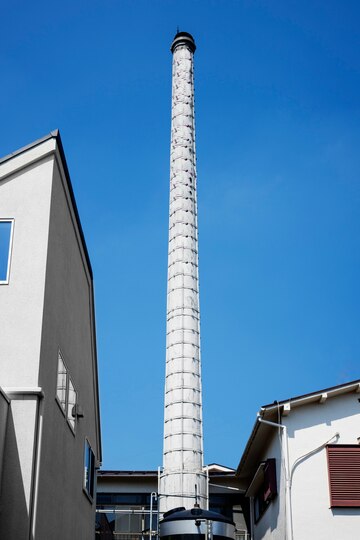

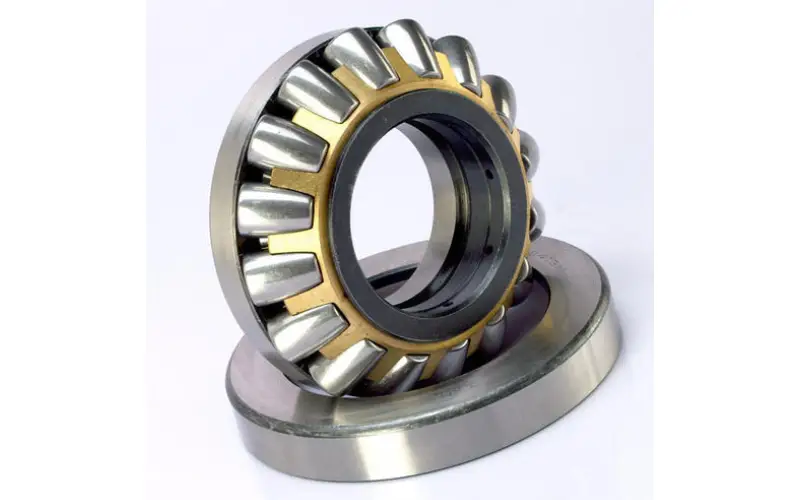




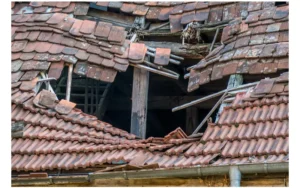

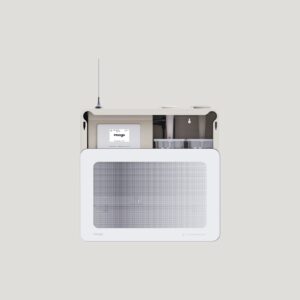


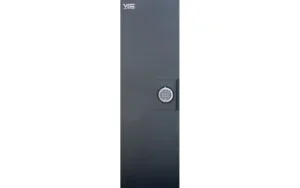
Post Comment